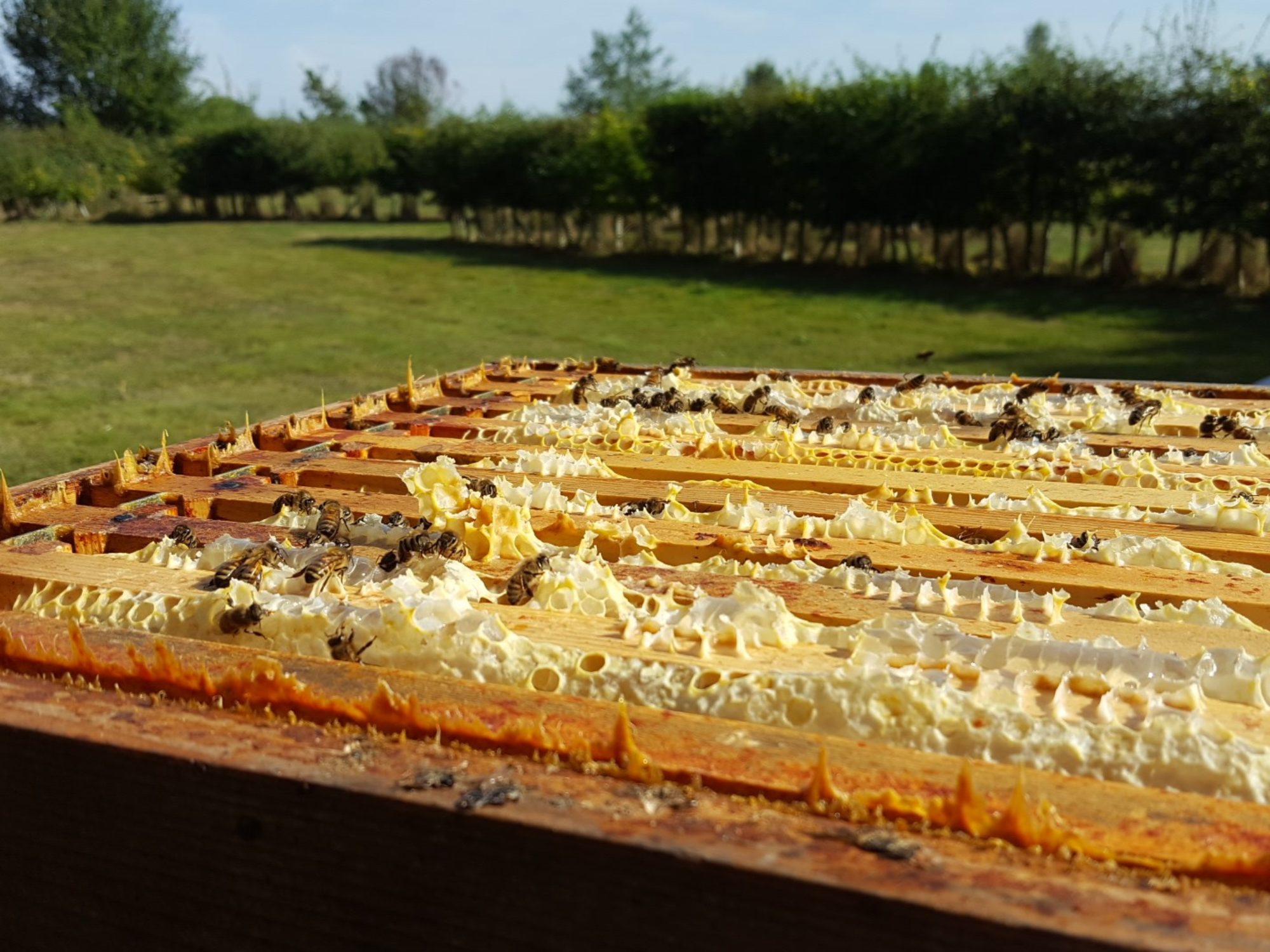Whether you are new to beekeeping or an old hand there is always lots to do in preparation for spring which is not a long time away.
With the bees coming out of winter with low numbers it is one of the key times of the year to get right or repent at your leisure.
So I thought I would start with a few key points.
1. Purchase your equipment in advance. If you wait til you need it by the time you order, wait for the post then assemble it, it will likely be too late.
2. Increase your knowledge of beekeeping. Now is the time to take a beekeeping class. A thorough beekeeping class can make all the difference on how you can keep varroa mites under control, install a package, harvest honey, trap small hive beetle and much more. It’s a different beekeeping world now. So much has changed so keep up with it all by taking a class.
3. Be prepared to know when to add hive bodies and supers to your expanding colony. I have a complete article and video for you to study so you will not make rookie mistakes.
4. For new beginners, brush up on how to install a package of bees. It’s really enjoyable. But watch my video first so you do it right.
5. Even though spring is close, do not let your bees starve to death now. Remember, bees need food and most colonies starve in late winter and early spring just before flowers bloom. Be sure to put on one of our Winter-Bee-Kinds to help your bees get that added nutrition to hit spring running. Be sure to select either 8 frame or 10 frame when ordering.
For those of you who have hives enduring the winter you need to have a plan ready as soon as spring arrives. I have some suggestions on how you can prepare yourself and your hive for spring:
1. First, DO NOT pull out a frame unless the temperature is above 60 degrees (f). Otherwise the cold can damage the brood. Warmer is better, but you can do a quick inspection if it is 60 degrees (f).
2. Once you can perform your first inspection you need to look for the following:
a. Brood in various stages such as eggs, larva and sealed brood.
b. Identify the queen.
c. Assess the amount of pollen/honey. Add pollen patties or our Winter-Bee-Kind if low on food.
d. Clean debris from bottom board.
e. Determine how well the hive came out of winter in population. Are they low in numbers of bees are very strong?
3. Once you have performed your first inspection in the spring you will need to plan what to do to help your hive grow well. Questions to ask are:
a. Is the queen laying well or does she need replaced?
b. Is the colony so strong in population that splitting the hive is necessary to prevent swarming?
c. Do I have mites? Place green drone comb in each deep hive body to begin capturing varroa mites.
d. Do I have small hive beetles? Insert small hive beetle traps, one in each deep between the frames.
e. Determine if you need to place a honey super on for the spring flows.
These are important ideas and questions to encourage you to think now what you will do in the spring. For example, if you find your hive is very populated and you need to split the colony but you do not have another hive, then half of your colony may swarm. Be sure to have adequate beekeeping supplies before you desperately need them. Now is the time, while you are bored of winter, to prepare for spring.
